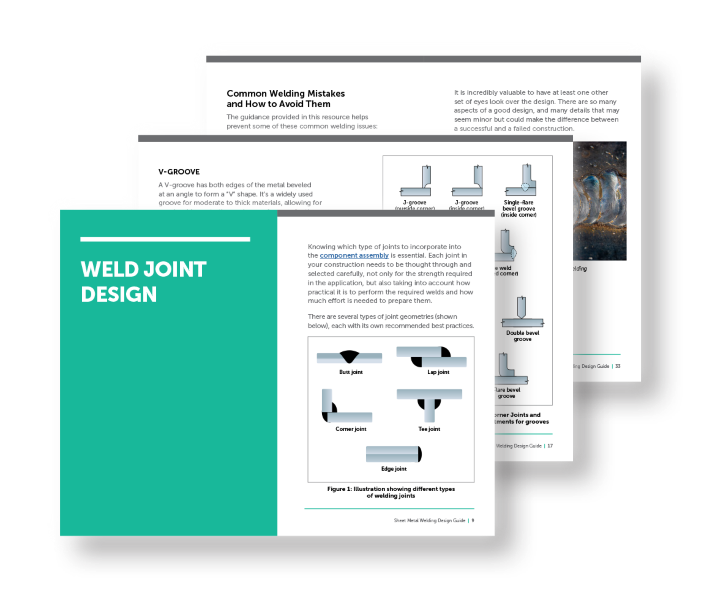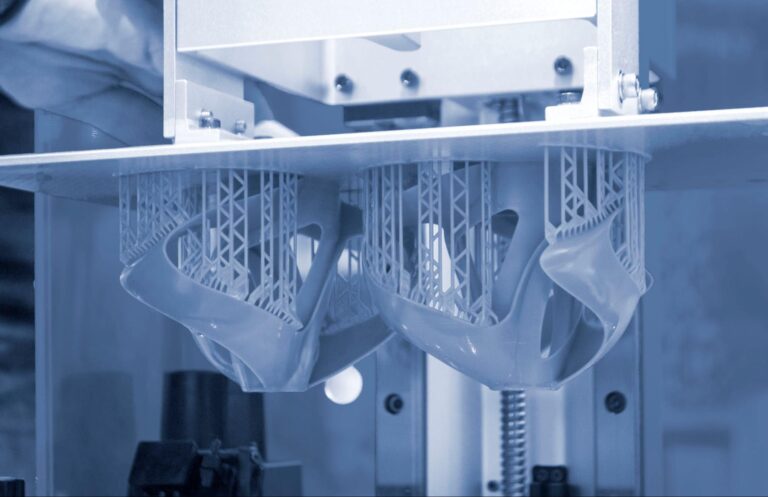Time to read: 7 min
The vision behind Nebia, a Y Combinator-backed shower head raising $2.5 million and counting on Kickstarter, started with a simple problem: high-end gym goers tend to take their sweet time in the shower and, as a result, use up a lot of water.
The unlikely inspiration for a solution to this problem? Industrial nozzles used by the aerospace, agricultural, and automotive industries to atomize water.
Gabe Parisi-Amon, Co-Founder and CTO of Nebia, has been customizing this technology to craft a beautifully designed consumer shower head that uses 70% less water while giving an entirely new and luxurious shower experience for consumers and businesses alike.
With a Masters degree from Stanford in Mechanical Engineering, an MBA from Harvard University and 2 years experience sourcing components for Apple, Gabe has a wealth of knowledge around hardware product development and manufacturing, so we were keen to learn more about the Nebia product journey.
In this Spotlight, Gabe goes into detail around how he leveraged a vast database of existing research supported by giant industries and introduced it to a consumer space that hasn’t changed in decades.
Starting with Extensive Market Research
A crucial step in the exploration of a new product endeavor is to find out what currently exists on the market. “I’ve spent a lot of time looking at different shower heads over the past few months,” Gabe shares.
Part of the initial research and development process for developing Nebia involved buying tons of different existing shower heads in order to have a strong understanding of the market.
“A static industry means there’s great potential for growth.”
Just going to Home Depot, for example, Gabe realized they have about 40 different SKUs for shower heads that range from $15 to around $1000. “Then there’s also these private bathroom showrooms, which I never knew existed before I started researching, that have these crazy $10,000 showers. I’m like, ‘what does this thing do??” Gabe laughs.
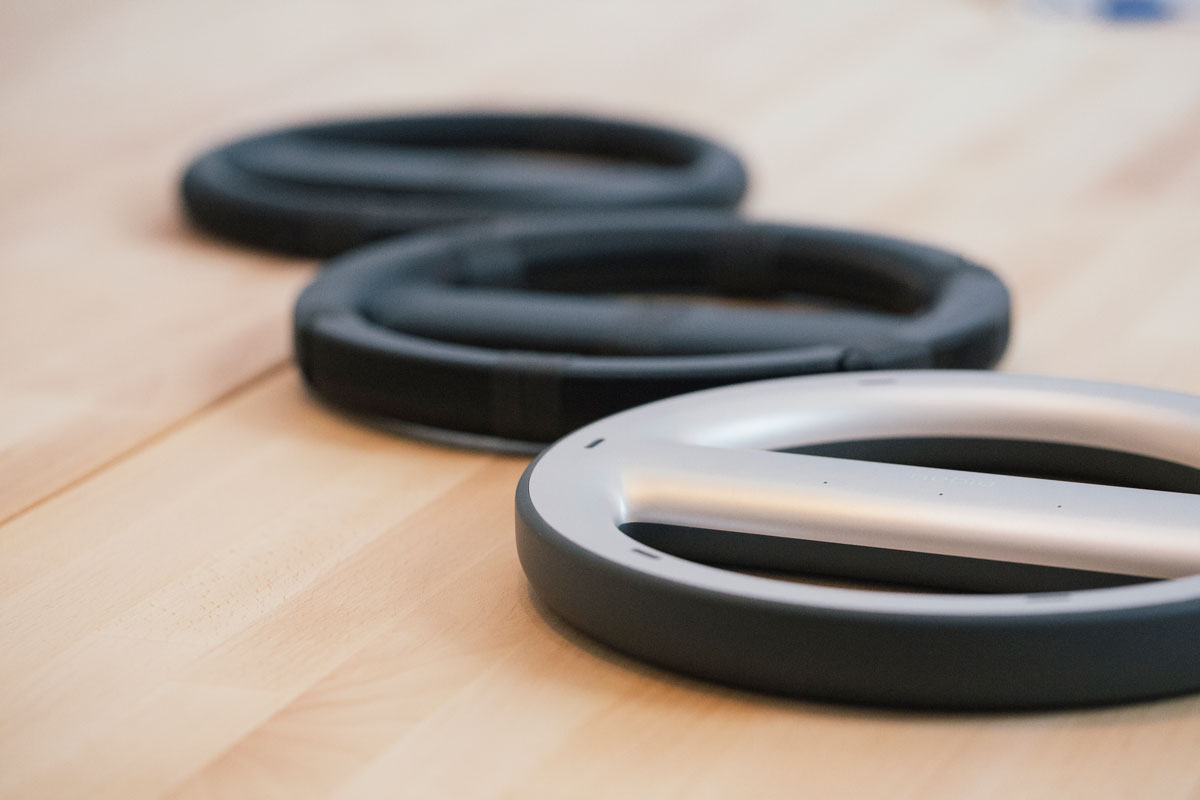
Despite the vast number of SKUs, the result of his research pointed to the reality that shower heads really haven’t changed much in 3 or 4 decades. Rain shower heads are new, they’re a little wider than they use to be, there’s a couple new materials, and there’s the low-flow shower heads (that nobody likes), but the basic technology hasn’t changed.
A static industry means there’s great potential for growth.
Gabriel and his team realized that although there hasn’t been a great deal of innovation in the consumer space, other industries may point them toward the innovative solution they’re looking for.
Looking Beyond Consumer Spaces
In their research around shower head nozzles, the Nebia team found a nozzle design originally used for internal combustion engines that are very efficient at atomizing water.
This was just the tip of the iceberg.
Gabe realized there’s actually an entire field of study in Mechanical Engineering specifically dedicated to spray and atomization. This field of study exists not for consumer products, but to support giant industries that require precision nozzles, including automotive, aerospace, and agriculture.
“Looking at these old and massive industries, we found technology that’s never been applied to the consumer space; we realized we could learn from it and ultimately make a better shower.” Gabe says.
In agriculture, for example, as much as we like to blame the industry for using a ton of water, the nozzles used are actually incredibly efficient with water use and the spraying of water and pesticides is a very exact science. The nozzles are incredibly high-tolerance and they spray a very specific pattern every time.
“The goal is to allow people to be conscious of the resources they use, save money, but not have to sacrifice experience”
Looking at these types of nozzles used by such industries, Gabe realized there’s a world of different nozzles and research around nozzle design not intended for shower use. So he bought a ton of them and began to test different designs in order to develop his own ideas around how the technology could be applied to a consumer product.
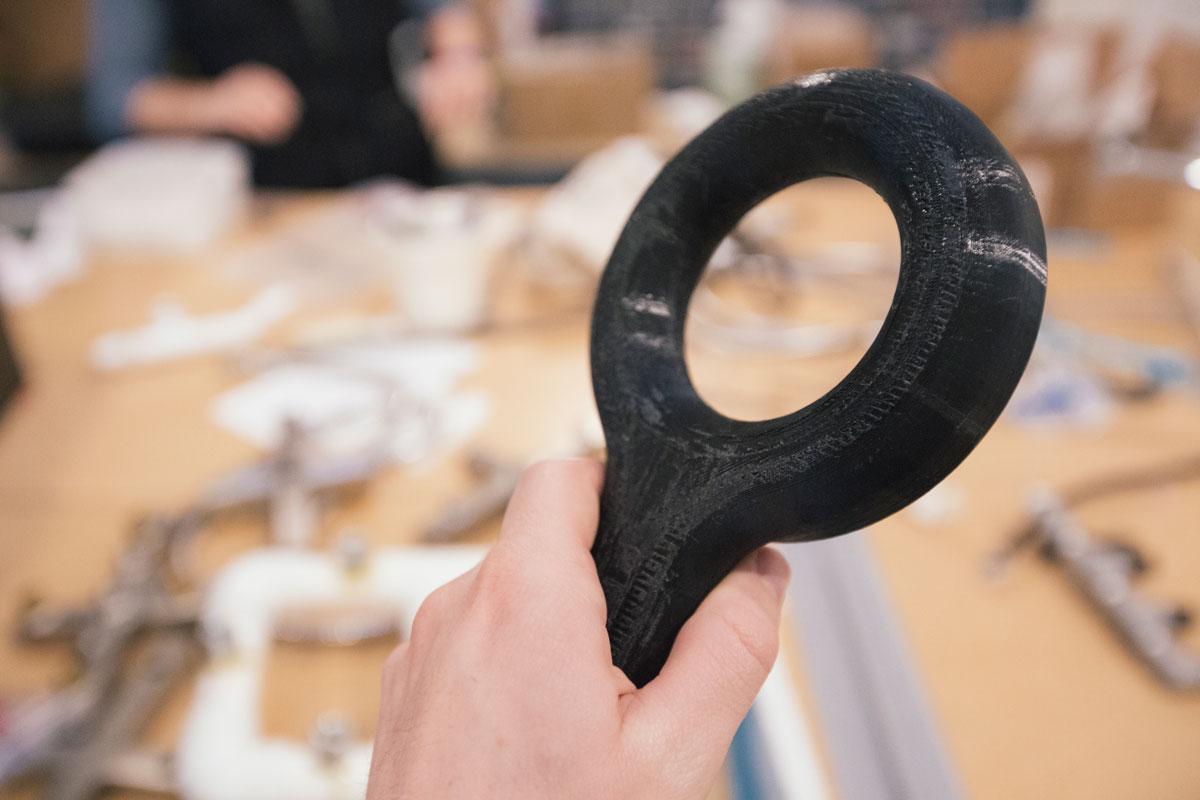
“We realized we could tweak the nozzles, take what had been made a certain way for 50 or 60 years, change some of the angles and dimensions and apply it in an entirely new way,” Gabe shares.
Armed with a wealth of resources, research, and data, Gabe began to design and develop a shower head inspired by the technology of age-old industries and customized for a consumer market.
Customizing Industrial Technology for a Consumer Product
In terms of focus, Gabe makes it clear that the water-saving properties of Nebia are more of an incredible bi-product while the main focus is on user experience and design.
“The goal is to allow people to be conscious of the resources they use, save money, but not have to sacrifice experience.” Gabe says. “The priority is to create an amazing experience and design a beautiful product; the third pillar just happens to be that the product uses 70% less water.”
Beyond experience, a major difference between the industrial nozzles and consumer shower head the Nebia team set out to develop is cost. Industrial nozzles are very expensive—not because they’re particularly hard to make, but because the industries who use them are price-insensitive to relatively small components like a nozzle.
The impact? Really really expensive early prototypes.
“The nozzles for one of our first modern prototypes cost us around $700 or something wildly ridiculous like that,” Gabe recalls. “And this was just for the nozzle, not any other part of the prototype!”
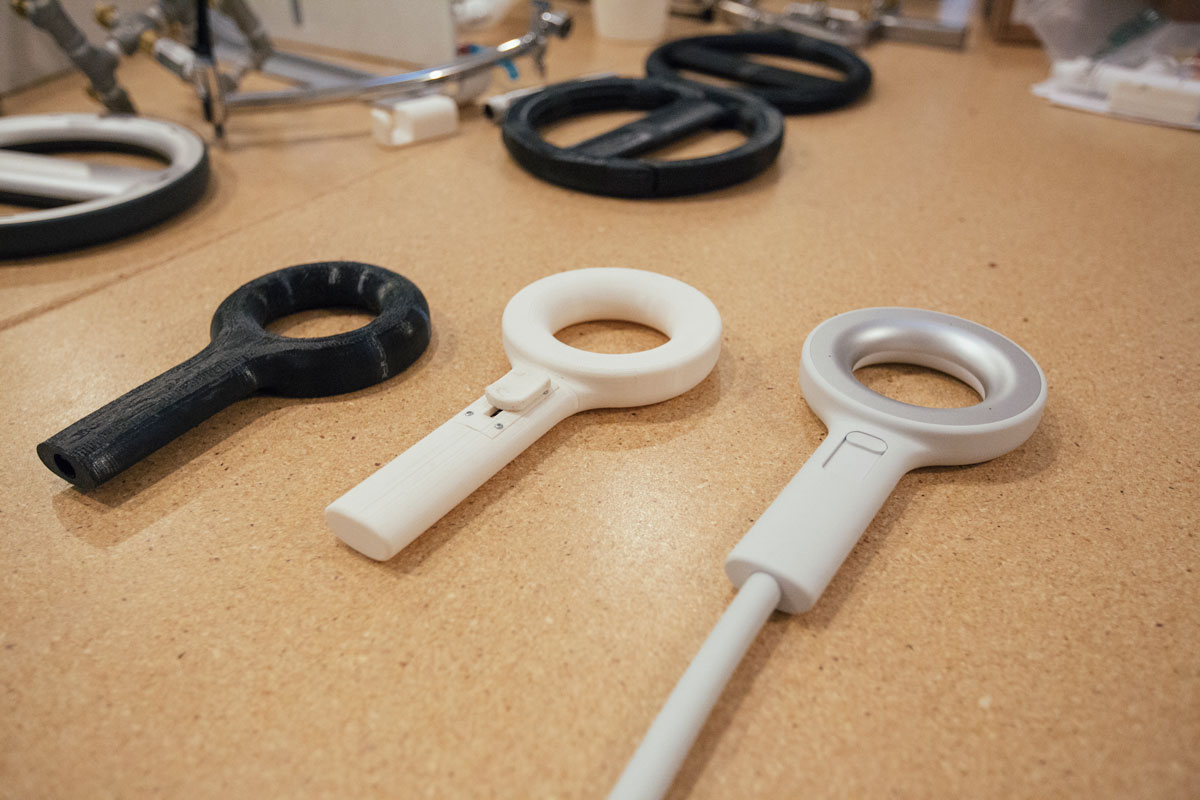
In order to iteratively improve this wildly expensive design, the team took advantage of a different technology that has passed over older industries like aerospace and automotive: 3D printing. “The atomization technology behind these industrial nozzles is amazing, but they’ve also been made the same way for 30 years.” Gabe says. “By leveraging 3D printing technology, we realized there are many ways to make a similar nozzle more cost effective than the existing designs.”
3D printing a very large shower head is not an easy endeavor though. The first time the team attempted to 3D print the head, they used a highly specialized SLA material that could, theoretically, withstand pressure and high temperatures.
Long story short, it didn’t hold up so well.
So ultimately the head was prototyped with aluminum. But the arm, a huge 20 x 20 inch piece which will ultimately be made of aluminum as well, was able to be 3D printed as one giant piece of plastic with a waterjet-cut stainless steel piece for the track.
“I actually used to be a skeptic of the so called ‘3D printing revolution’,” Gabe shares. “But the technology has had a huge impact on what we’ve been able to accomplish.”
For example, at one point in the prototyping cycle, there was a problem with internal water flow. The team had 3 or 4 ideas as to what the problem was, but it would be too expensive to modify the aluminum head 3 or 4 times.
“I imagine there will be a generation of this product that is going to connected, but the innovation with this product is absolutely not that it’s connected.”
Instead of paying the cost of several modified aluminum parts, overnight they were able to 3D print a test chamber that incorporated several different feature variations. Then they ran water through it to test which variations were flowing normally and which ones weren’t to point out which 2 or 3 features were causing the flow issues. From this test they were able to incorporate the fixed features in the next aluminum head prototype.
Working toward the deadline of YC Demo Day, the Nebia team was able to create a functional prototype in an impressive amount of time.
Forgoing Connectivity
Another significant decision the Nebia team made around the product design was to not integrate connectivity. In a market saturated with IoT devices, this decision sets Nebia apart.
“I’ve sat across from a lot of people who’ve asked me, ‘why is there not a chip in this?’” Gabe recalls. “I imagine there will be a generation of this product that is going to connected, but the innovation with this product is absolutely not that it’s connected.”
The innovation of Nebia, rather, is that there’s a completely different mechanical process involved to provide the experience.
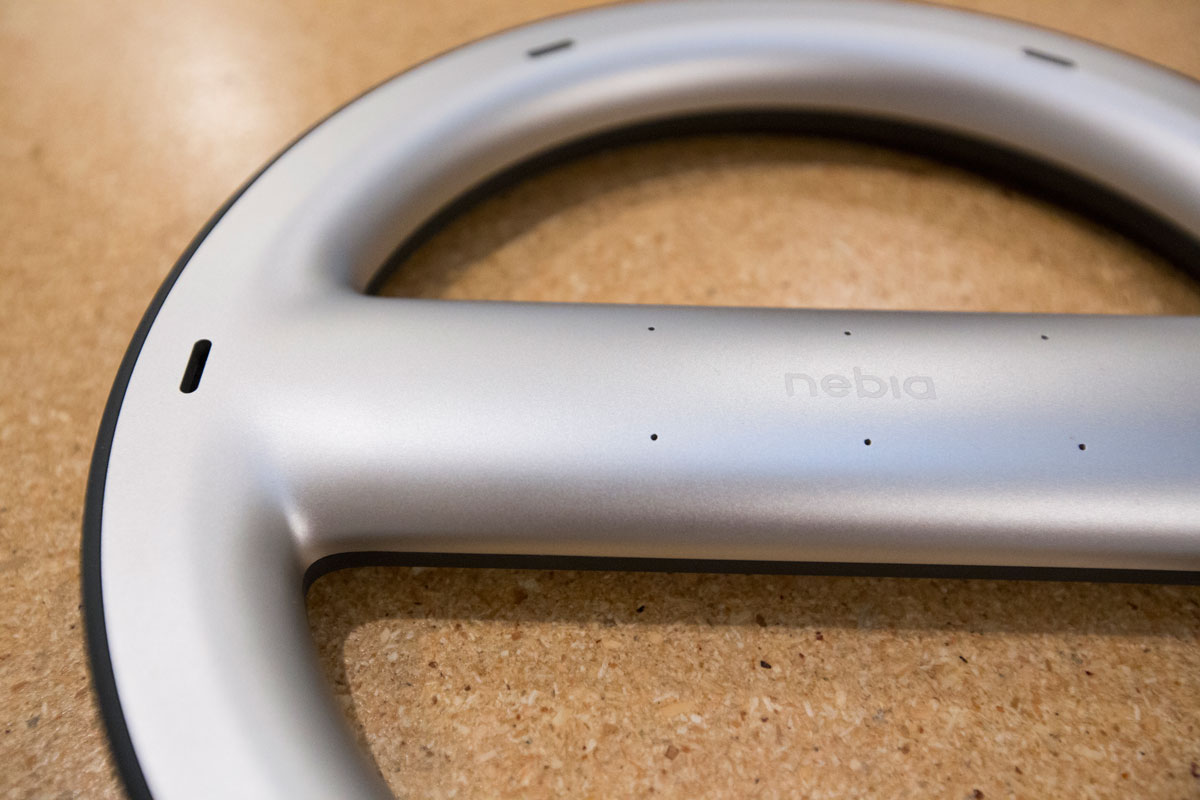
You could integrate a tracking feature for users to see how much water they’re using, but Gabe argues we shouldn’t be connecting devices just for the sake of it and such a feature doesn’t speak to him as a truly useful innovation.
The other basis for their decision to forgo connectivity rests in the argument that the majority of people don’t know about IoT and really don’t care about it either. “Connected products can be intimidating and we really don’t want to scare away the 80 year old grandma who cares about the environment and loves design but doesn’t want to hook this thing up to her smartphone.” Gabe says.
Overall, the focus of Nebia is on the mechanical innovation of the product. While there may be potential for integrated connectivity in the future, Gabe just doesn’t see the value right now and believes the mechanical technology behind Nebia provides the true experiential value.
Innovation doesn’t mean sole reliance on your own work and ideas. It means leveraging the work of other people, companies and industries before you and learning from that wealth of knowledge to ultimately create something new.
“The experience of Nebia and the way the technology is customized and integrated is truly unique,” Gabe says. “It will most certainly be unlike any shower you’ve experienced before.”
And yes, Gabe assures us—it does rinse your hair.









